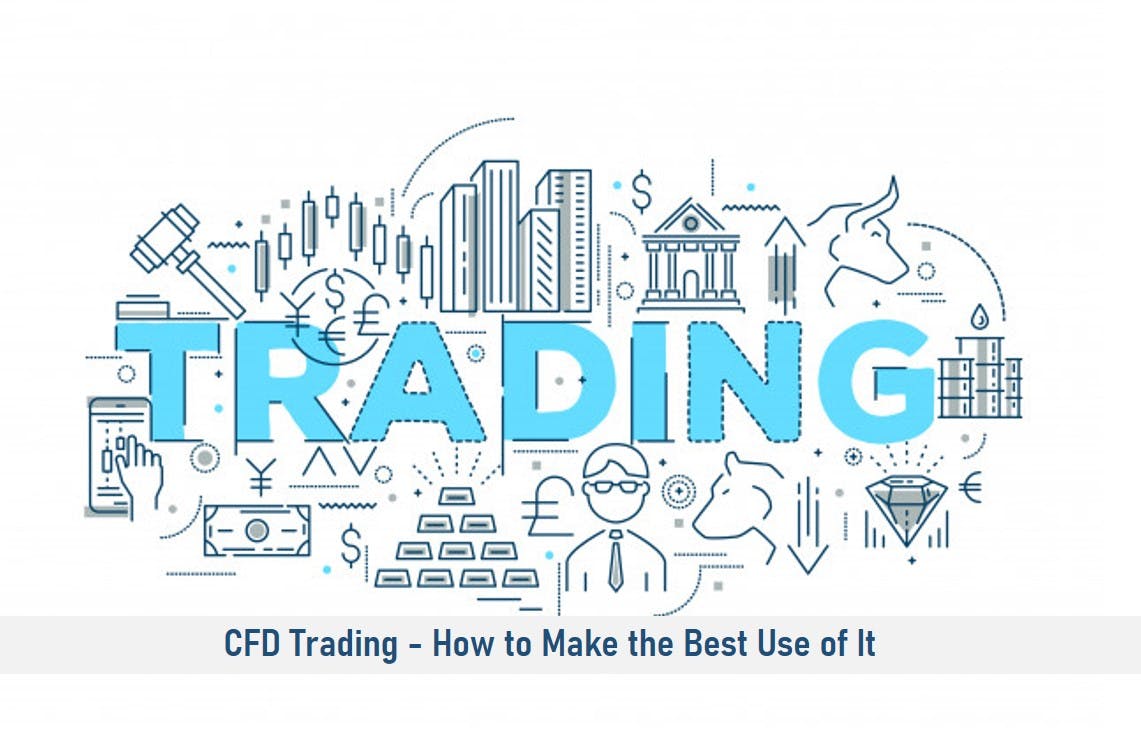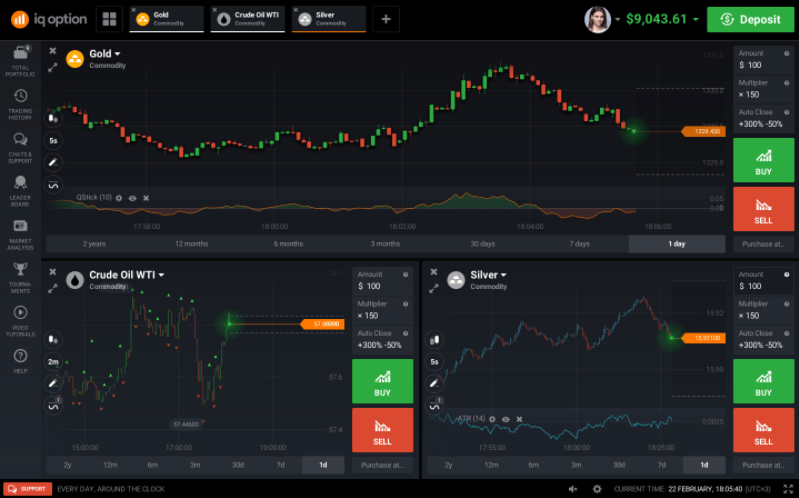
A CFD (Contract for Difference) is an agreement between a buyer and a seller which clearly defines that the buyer has to pay the seller the variation between the present valuation of security and its worth at the time of the contract.
CFD offers traders and investors the privilege to benefit from price changes without holding the substantive asset.
The worth of a Contract for Difference contract does not evaluate the security’s substantive value: only the price movement between when the trade is opened and closed. This is achieved via a contract between the client and the Exchange and does not employ any Commodity, Currencies, Stocks, or Futures Exchange.
With CFD trading, you can predict the price movement in either direction, with the gain or loss you make that depends on the level at which your speculation is correct.
SEE ALSO: Beginners Guide – 8 Day Trading Indicators for Currencies and Stocks
SEE ALSO: How to Place A Stop Loss Order During A Trade
SEE ALSO: Starting Out? – 5 Forex Day Trading Techniques to Adopt.
How CFDs Function
CFD is a top trading strategy that is employed only by seasoned traders when the conveyance of physical goods or assets is not needed.
A CFD trader never truly owns the substantive asset but rather gets revenue due to the fluctuation in the price of the security.
For instance, rather than buying or selling real gold, an investor could predict if the price of gold will increase or drop.
Traders can employ CFDs to place bets whether or not the price of substantive security or asset will go up or drop. They can bet on whether it will go up or down.

When a trader that has bought a CFD realizes that the asset is increasing in price, he will put their asset out for sale. The total difference between the buying price and the selling price is summed up.
The total difference in profit from the trades is analyzed via the trader’s brokerage account. At the same time, if the trader thinks that the asset valuation will drop, an opening sell order can be executed.
When you want to exit the position, you have to purchase an opposing trade after which the total difference of the loss is settled out via your account.
Leverage in CFD Trading
Whenyou trade CFD, you are provided leverage which means you are allowed exposure to a big position without needing to place the entire cost from the beginning.
For example, you wanted to open a trade equal to 500 Apple shares, with a standard trade, you’ll be required to pay the whole cost of the shares earlier on, but with a contract for difference, you might only have to pay 5 percent of the cost upfront.
Leverage allows you to extend your funds better and it is essential to note that your gain or loss will nevertheless be estimated on the net size of your position.
In our previous example, that will refer to the variation in the price of 500 Apple shares from the time the trade was placed till it is exited.
This infers that profit, as well as loss, can be greatly magnified compared to your initial plan, and that loss can go beyond the deposit. That is why you must take note of the leverage ratio and ensure you are trading with what you have.
SEE ALSO: A Precise Answer to Leverage in Forex Trading
SEE ALSO: Beginners – Forex Lots and Pips Simplified.
SEE ALSO: What is Technical Analysis and Why is it Critical to Forex Trading?
Hedging with Contract for Difference (CFD)
Contract for Difference can be used to prevent losses in a portfolio.
For instance, if you assumed that a few ABC shares in your holding could witness a short-term decline in value due to a bad earnings result, you can take out a few of the probable losses by selling on the market via a CFD trade.
If you chose to hedge your risk with this method, any decline in the valuation of the ABC limited shares in your holding would be influenced by a profit in your short (buy) CFD trade.
4 Key Concepts When Trading CFDs
The four key concepts involved in trading CFDs include:
- Deal Sizes,
- Profit & Loss,
- Spread & Commission And
- Duration.
Deal size
CFDs are traded under standardized lots and the size of a single contract differs based on the substantive asset being traded, usually imitating how it is traded on the Forex market. Silver, for instance, is traded on exchanges in contracts of 500 troy ounces and its exact CFD has a valuation of 5,000 troy ounces.
In the case of share CFDs, the lot size is often designating a single share in the company you’re trading. To execute a position that is similar to purchasing 500 shares of HSBC, you have to purchase 500 HSBC CFD lots.
This is one of how CFD trading is very alike to traditional trading than other derivatives like options.
Spread & Commission
Contract for Difference prices is quoted in two ways: the Buy & Sell price.
The Sell or Bid price refers to the price at which a short CFD can be opened, while the Buy or Offer price indicates the price at which a long position can be opened.
Sell prices are always a bit lower than the current market price while the buy prices are a bit higher. The difference between both prices is known as the spread.
In most cases, the cost of opening a CFD position is already paid for in the spread such that buy and sell prices will be altered to display the cost required in making the trade. The only difference is the share CFD which is not accounted for through the spread.
Duration
The majority of CFDs have no time limit compared to options, rather a position is exited by executing a trade to the opposite side of the one that placed it. A short position of 500 gold lots, for example, would be exited by selling 500 gold lots.
If you leave a daily CFD position open beyond the daily set time limit (normally 10 pm, though this may be different for foreign markets), you’ll have to pay a nightly funding charge. This charge reflects the fee of the money your broker has lent you earlier to open a leveraged trade.
Profit & Loss
To estimate the profit or loss made from a CFD trade, multiply the deal size of the position by the value of every contract. Then what you get by the variation in points amid when the lot was opened and when it was closed.
Est Profit/Loss = Deal Size x Value of Contract/ Variation
For a complete computation of the profit/loss from a trade, you will as well deduct whichever cost or charges that you paid such as guaranteed stop fees, overnight funding charges, and commissions.
Image credit: Gold vector created by macrovector – www.freepik.com
Read More




